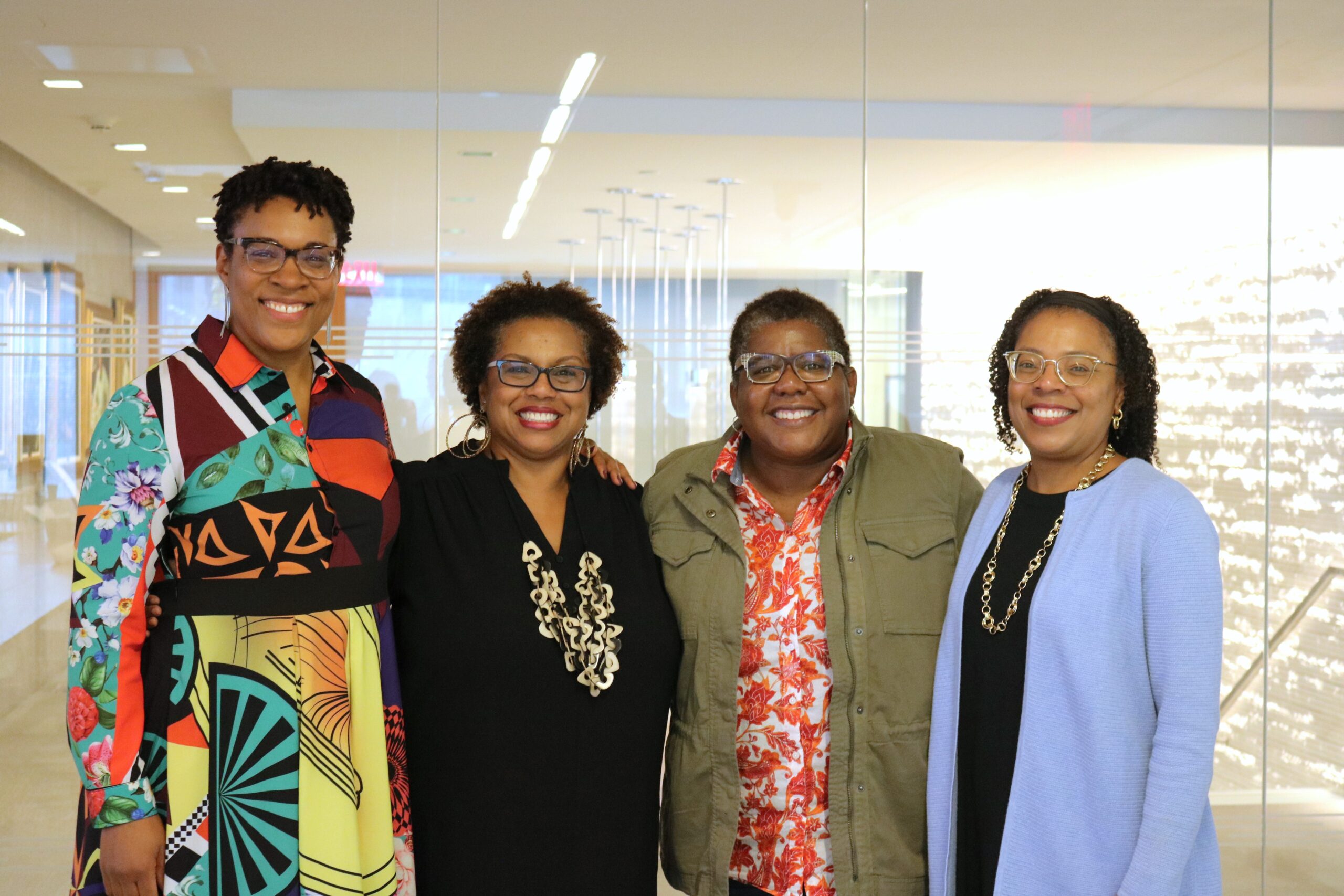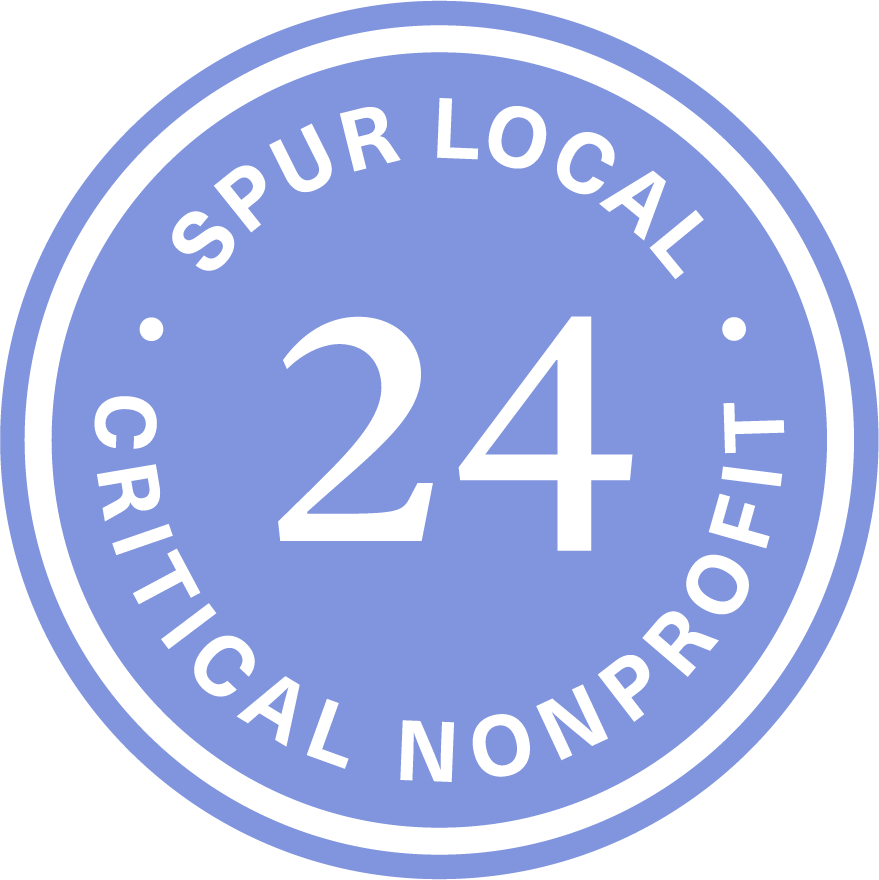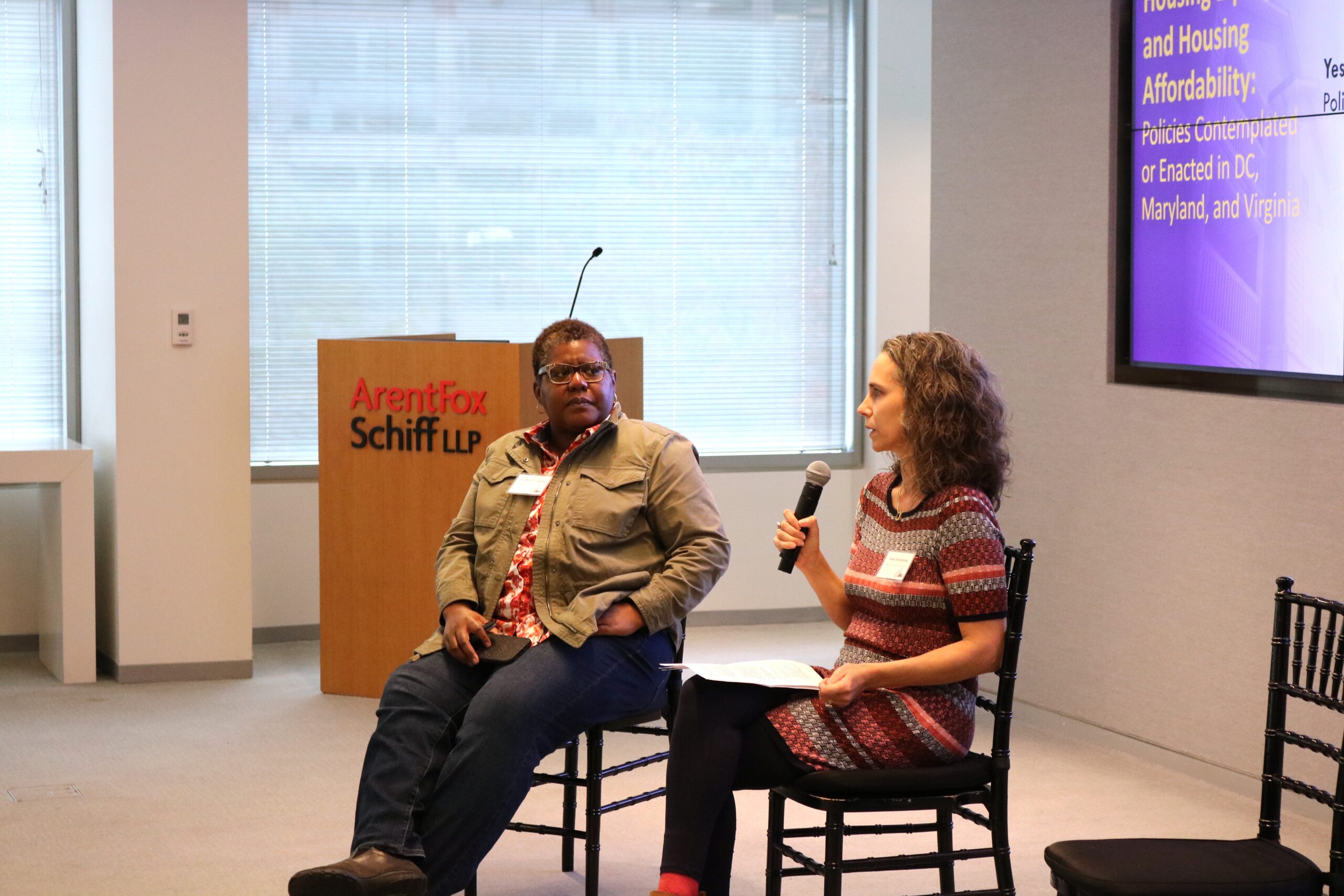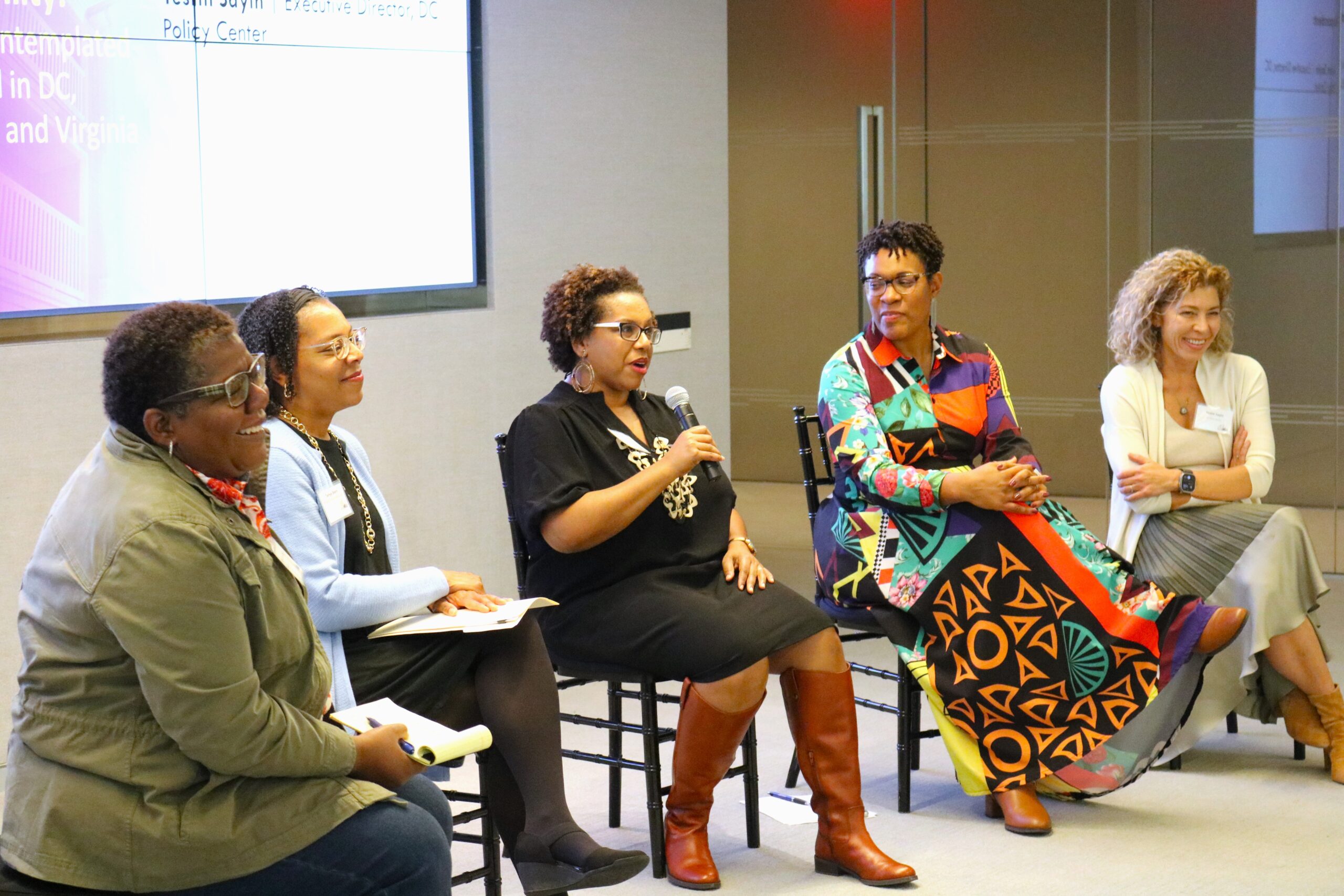
Innovative Affordable Housing Policies in the DC Region
America is short on housing. The U.S. lacks nearly 4 million units. The DC metro region’s share of that void comes to 320,000 units. Amid the shortage, quality housing that is affordable has moved further out of reach. And because people of color are disproportionately affected, they have been unable to benefit from the economic mobility that stable rental homes and homeownership provides.
Earlier this month, the Washington Housing Conservancy’s Stakeholder Council brought representatives from local governments together with national housing experts to discuss how to address housing inequality and create more affordable units across the region. Presenters included Anita Cozart, Director, DC Office of Planning; Tanya Stern, Acting Planning Director for Montgomery County, MD; Arlova Vonhm, Zoning Administrator, Arlington County, VA; Yesim Sayin, founding Executive Director of the D.C. Policy Center; and Alexa Rosenberg, Senior Director, National Initiatives, Upward Mobility at Enterprise Community Partners.
Here are some top takeaways:
The District of Columbia
Mayor Muriel Bowser’s administration set an ambitious goal of 36,000 new housing units by 2025, designating a third to be affordable. Four years in, the District has achieved 85% of its overall goal, but it’s just two-thirds of the way toward meeting its goal for affordable units. Current projections suggest that the overall target may be exceeded next year, but the city will fall short on affordable housing. Neighborhoods such as those in SE Washington are seeing the most increases in affordable housing, while wealthier neighborhoods, like those west of Rock Creek Park, remain a challenge for incorporating affordable units.
Future initiatives include:
- Community-based plans to provide affordable housing in high opportunity neighborhoods and zoning initiatives to unlock more opportunities for affordable housing in communities with high quality schools, access to healthy food, etc.
- An expansion of Inclusionary Zoning designating 20% of all new development units to be affordable and making zoning changes with the potential to unlock 6,000 more units.
- An investment in collaboration with communities to commemorate and establish public spaces as permanent fixtures and tap neighborhood history to combat cultural displacement.
- Development of a comeback plan to expand home ownership opportunities and expand ownership by Black Washingtonians by 20,000 by 2030.
Montgomery County, MD
The county has lost 20,000 Naturally Occurring Affordable Housing (NOAH) units since 2000 and projects a loss of another 11,000. Montgomery County has increased its affordable housing target to 31,000 by 2030, up 7,000 from the previous forecast. The county’s first updated comprehensive plan in 60 years, MOCO Thrive Montgomery 2050, asserts that access to safe, affordable housing is a basic human right and calls for an increase in housing production and preservation of existing NOAH communities.
The county’s strategies include:
- An Equity Agenda for Planning adopted in 2020 for master planning and data tools.
- The Community Equity Index, which identifies disproportionately advantaged and disadvantaged communities.
- A version of Inclusionary Zoning that requires a countywide minimum of 12% of units to be affordable to moderate income households.
- Right of First Refusal (ROFR) to preserve existing affordable housing by providing residents opportunity to purchase before a turnover of rental units to a developer. (ROFR is challenging and rarely used because it requires significant capital and a short timeline.)
- A new Rent Stabilization ordinance passed in July to limit annual rent increases to Consumer Price Index increases of 3% with a hard cap of 6%. The cap does not apply to buildings built or substantially renovated in the past 20 years; however, developers concerned about their revenue projections have indicated they are rethinking projects in the county.
- Payments in Lieu of Taxes (PILOTs) offer tax abatements to reduce the cost of construction or housing preservation.
Arlington County, VA
Arlington County has become “a victim of its own economic success.” To afford housing within the county, households require an average income of $200,000 per year. In 2023, Arlington County approved smaller multi-family structures of up to six units in neighborhoods that previously were zoned solely for detached homes. Years in the making, the measure was designed to increase the housing supply and access to affordable housing in high opportunity neighborhoods with high performing schools, convenient to employment centers and transportation and healthy foods.
Arlington’s Zoning Administrator Vonhm offered advice for bringing potentially contentious ideas to the table:
- Examine history to find new solutions and revisit past actions to not repeat mistakes.
- Prioritize Equity and Use data – Collaboration between planners and political leadership to make the case to constituents need to work hand in hand with political leadership to garner support. The politicians held listening sessions and took the heat in these discussions.
- Reduce barriers where possible, especially for small developers.
Enterprise Community Partners
With a focus on program and practice change across the country, Enterprise Community Partners has identified five factors that make it possible for families to obtain quality housing:
- Affordability
- Stability
- Quality
- Neighborhood context that meets their needs
- Housing that allows for wealth building
To access this housing bundle, most people have to make tradeoffs, either facing a higher rent burden for a closer commute or higher quality housing or living farther away and facing a longer commute time or greater financial burden. Like the Washington Housing Conservancy, Enterprise’s North Star is increasing access to affordable housing in transit corridors that hold more resources.
This will require federal housing policy changes based on the notion that housing is treated as a right not a commodity which is the current frame. While expanding housing assistance and access is the priority, there simply isn’t enough supply and there must be incentives for municipalities to remove exclusionary barriers and ease regulatory burdens so that supply can be increased.
Some ideas at the Federal level include:
- Adopting the recommendations of the Interagency Property Appraisal and Valuation Equity (PAVE) Taskforce to tackle appraisal bias which devalues communities.
- Look at new financing mechanisms for production and preservation.
- Expand HUD’s Family Self Sufficiency Program which promotes the development of local strategies to coordinate public and private resources that help participating families to achieve economic independence and reduce dependence on welfare assistance and rental subsidies.
- Revamp income qualifications to avoid disincentives to increasing income and preventing disqualification, forcing people to leave their housing.
- Support more rent reporting for credit building efforts and homeownership programs. (WHC’s partnership with Esusu is a great example.)
- Widen possibilities for use of housing vouchers.
Sadly, there is no silver bullet to remedy the shortage of affordable housing. We need federal and local level leaders in rethinking housing policy and financing and finding new ways to new build and preserve housing that is more affordable to residents at varying incomes.

Preserving housing affordability and promoting economic mobility in the DC-region
The Washington Housing Conservancy is a 501(c)(3) non-profit organization. Your investment helps us expand our work. Your gift is 100% tax-deductible. EIN 83-1866109


Privacy Policy
Terms & Conditions
Get in touch
Follow us


